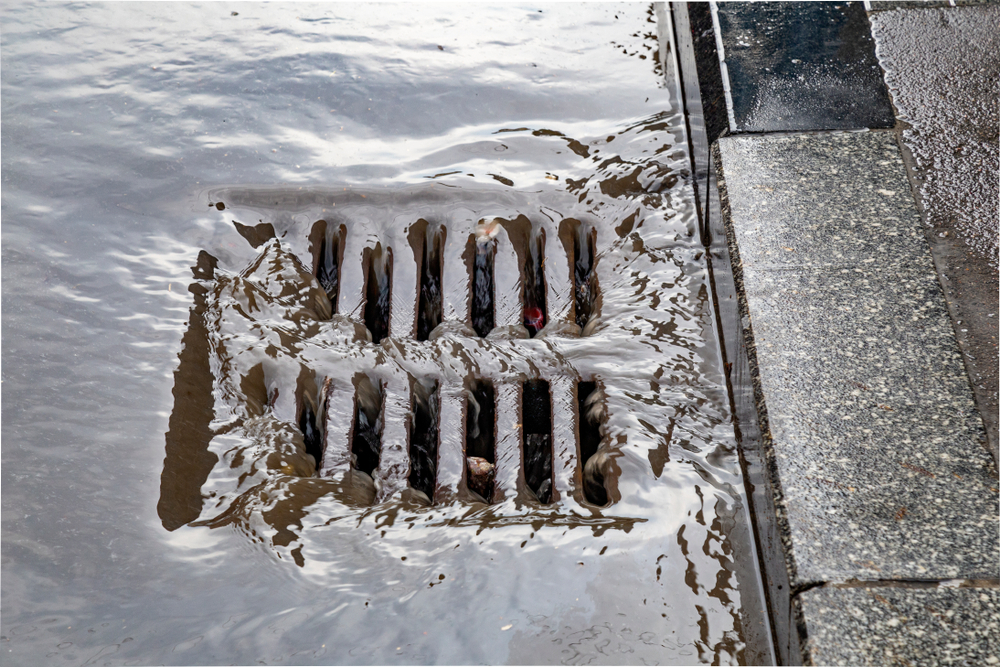On a construction site there are a lot of things that the foreman and contractors have to think about. Perhaps one of the most important (and sometimes the one that doesn’t get as much attention as it should) is controlling stormwater runoff. It occurs when rain or snowmelt flows over your construction site without being absorbed into the ground surface. Some runoff is unavoidable, but it’s critical that contractors are aware of the specific risks a site poses to be able to mitigate harmful runoff from the site.
Common Stormwater Pollutants
When stormwater flows through nature it picks up debris, including dirt, branches, rocks, and other similar items. Eventually these things will end up in the waterway where the runoff flows, like a lake or stream. In high volume, this type of runoff can be harmful to the stream banks and biological habitats of local wildlife or affect ground water levels and drinking water supplies (but that usually only happens as a result of flood or natural disaster).
When stormwater runs through a non-natural site (e.g., your construction site) there are many more potential hazards that aren’t normally present in runoff waters. That runoff might pick up:
- Trash
- Oil
- Grease
- Pesticides or other toxins
- Sediment
As these contaminants flow into waterways, they can significantly alter the natural biology of the landscape and the water habitat for wildlife.
Risks of Excess or Harmful Runoff
While any contaminants at a construction site must be contained, sediment is often the primary concern. Too much sediment can increase water temperatures, making the water uninhabitable for aquatic animals. It could rapidly cloud the water, making it hard for fish and other wildlife to find food or places to spawn. It also reduces sunlight for aquatic plants, limiting the food supply for fish and others in the water.
Excess runoff from a construction site that is not stabilized can result in the loss of 35 to 45 tons of sediment per acre per year. By comparison, runoff from farm or crop land is less than 5 tons per acre per year, and pastures or forest land lose only one ton or less per acre per year. The total amount of runoff is influenced by:
- Climate – frequency, intensity, and duration of rainfall or snow
- Topography – steeper and longer slopes have a higher chance of erosion
- Soil type – certain soils are more likely to erode than others
- Vegetation – existing vegetation absorbs raindrops, slows runoff, and helps bind the soil to prevent erosion
Controlling Sediment at Your Site
It’s critical that every construction site have a plan to stabilize the soil and control runoff with erosion control blankets and other BMPs. That begins with an effective stormwater pollution prevention plan (SWPPP), which is required for any construction project. Talk to Erosion Control Services before your project begins to ensure compliance and best practices in controlling stormwater and other pollutants at your site.



